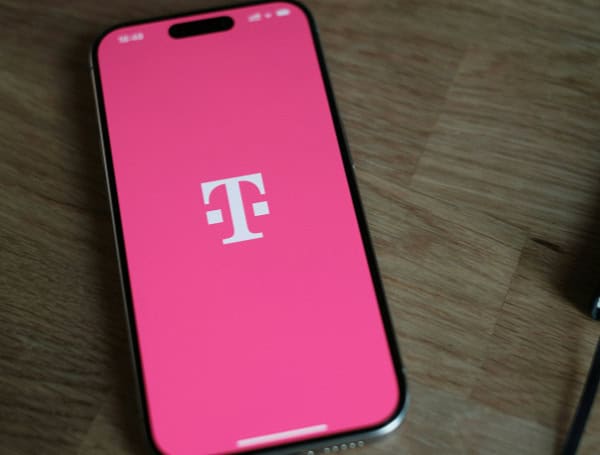T-Mobile has issued a detailed response to reports of highly coordinated cyberattacks, allegedly carried out by groups linked to Chinese state-sponsored actors like “Salt Typhoon.”
The telecommunications giant clarified that, unlike some other providers, it has successfully defended against attempts to breach its systems and safeguarded sensitive customer information.
READ: Senator Warns Chinese Hackers “Salt Typhoon” Have Access To U.S. Mobile Phones
In recent weeks, T-Mobile detected infiltration attempts originating from a compromised wireline provider’s network.
Here’s what the company reported:
- No Prior Attempts: This is the first instance of such activity targeting T-Mobile.
- Successful Defense: T-Mobile’s defenses prevented attackers from accessing sensitive customer data, including phone calls, voicemails, and text messages.
- Swift Action: The company severed connectivity with the compromised provider’s network and reported the incident to the government for further investigation.
- Current Status: No attackers are currently detected in T-Mobile’s systems.
READ: U.S. Housing Market Gains Momentum: Pending Sales Rise For Third Month Straight
“Simply put, our defenses worked as designed – from our layered network design to robust monitoring and partnerships with third-party cyber security experts and a prompt response – to prevent the attackers from advancing and, importantly, stopped them from accessing sensitive customer information. Other providers may be seeing different outcomes,” said Jeff Simon, T-Mobile Chief Security Officer.
T-Mobile emphasized its commitment to transparency, sharing its findings with government leaders and industry peers.
“We have shared what we’ve learned with industry and government leaders as we collectively work to combat these large-scale, sophisticated national threats,” said Simon. “Last week, I had the opportunity to join a meeting at the White House with other leaders to discuss how we’re mitigating these threats. As we all have a mutual goal to protect American consumers, we felt it was important to communicate more about what we’ve seen with providers who may still be fighting these adversaries.”
Proactive Cybersecurity Measures
Acknowledging the constant threat posed by cybercriminals, T-Mobile detailed its extensive investments in cybersecurity. Following previous breaches, the company revamped its security program, focusing on four key areas:
- Layered Defenses: Implementing multiple security “gates” to deter unauthorized access.
- Enhanced Monitoring: Proactively detecting unusual activity.
- Rapid Response: Quickly shutting down suspicious activity and mitigating potential impacts.
- Continuous Vigilance: Staying ahead of evolving threats through testing and attacker simulations.
To further fortify its systems, T-Mobile has:
- Deployed multi-factor authentication (MFA) for its workforce, requiring advanced security tools like FIDO2 devices.
- Separated systems and networks to limit lateral movement by attackers.
- Accelerated patching and hardening of systems to address vulnerabilities.
- Implemented comprehensive logging and monitoring to detect unauthorized activities.
- Introduced rewards for identifying potential security weaknesses.
The company also highlighted its advanced 5G standalone network, which offers enhanced encryption, device authentication, and privacy protections, providing an additional layer of security over older 4G systems.
T-Mobile’s limited involvement in wireline networks and exclusive U.S.-based operations simplify system management and security efforts, according to Simon.
Please make a small donation to the Tampa Free Press to help sustain independent journalism. Your contribution enables us to continue delivering high-quality, local, and national news coverage.
Android Users: Download our free app to stay up-to-date on the latest news.
Connect with us: Follow the Tampa Free Press on Facebook and Twitter for breaking news and updates.
Sign up: Subscribe to our free newsletter for a curated selection of top stories delivered straight to your inbox

